HDFC vs Bajaj Finance: Which Finance Stock Is Better?

HDFC vs Bajaj Finance: Which Finance Stock Is Better?
In terms of credit, India lags behind its western peers. As of September 2021, the country’s outstanding credit was under 15% of GDP, compared to a global average of 80%.
Much work needs to be done to increase the country’s credit base. Non-banking financial businesses (NBFCs) play a role in this scenario.
NBFCs are a type of financial institution that is extremely important in India’s lending ecosystem. In various ways, these businesses differ from typical banks.
The ability to raise deposits is a critical distinction between an NBFC and a bank. Banks can accept both demand and time deposits. However, NBFCs cannot accept demand deposits.
However, in terms of loan creation, an NBFC and a bank operate in very similar ways. In truth, NBFCs and banks collaborate with the same goal: to expand the country’s credit base while remaining profitable.
In India, non-banking financial companies (NBFCs) have grown to be significant players in the financial sector. They’ve grown by leaps and bounds in the previous ten years. As a result, they have exceeded traditional banks in terms of lending growth.
They are likely to maintain their current growth rate in the future. The top Indian NBFCs are worth considering from an investment standpoint because of their high growth prospects.
This post analyses two of India’s most potent NBFCs, HDFC and Bajaj Finance.
Let’s get started…
Business Overview
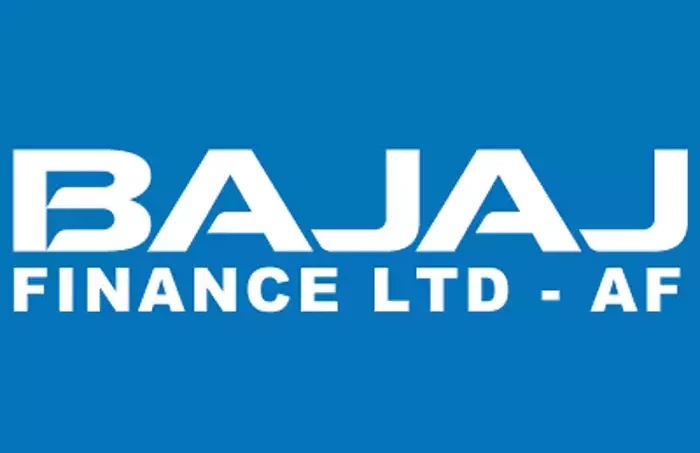
About Bajaj Finance
Bajaj Finserv Limited is a non-banking financial services firm based in Pune, India. Lending, asset management, wealth management, and insurance are its primary areas of focus.
It operates in consumer financing, life insurance, and general insurance and employs over 20,154 people across 1,409 sites. It is also involved in wind energy generating, with a total installed capacity of 65.2 MW, and financial services.
As part of the recently completed demerger from Bajaj Auto Limited, the financial services and wind energy companies were transferred to Bajaj Finserv Limited (BFS), which was allowed by the High Court of Judicature in Bombay by judgement dated December 18, 2007. The demerger took effect on March 31, 2007.
Bajaj Holdings has been registered as a Non–Banking Financial Company (NBFC) with the Reserve Bank of India under Registration No. N–13.01952 dated October 29 2009. (RBI). According to RBI regulations, the company is a Systemically Important Non-Deposit-Taking NBFC.
Subsidiaries
Bajaj Finserv and Allianz SE have partnered to form Bajaj Allianz Life Insurance. It offers insurance solutions for financial planning and security as one of India’s private insurance organisations. On August 3, 2001, the company got a certificate of registration from the Insurance Regulatory and Development Authority (IRDA) to conduct a life insurance business in India.
In India, Bajaj General Insurance is a private general insurance firm. Bajaj Finserv Limited and Allianz SE have formed yet another joint venture. It is located in Pune and employs over 3,500 people in over 200 places across India as of 2018.
Bajaj Finance is a deposit-taking non-banking financial company (NBFC) registered with the Reserve Bank of India (RBI). The business of lending and accepting deposits is the company’s main focus.
Bajaj Finance offers a diverse customer base that includes retail, small business, and commercial consumers in both urban and rural areas.
Bajaj Finance’s products and services are divided into six categories:
• Consumer lending
• SME lending
• Commercial lending
• Rural lending
• Deposits
• Partnerships and services
In India, the company has 2,988 locations where it operates. As of March 31, 2021, it had 48.6 million users across the country.

HDFC’s Background
HDFC is a banking and financial services company and is headquartered in Mumbai. It is India’s largest private sector bank by assets and the tenth-largest bank by market capitalization as of April 2021. It is the third-largest company on the Indian stock exchanges, with a market valuation of $122.50 billion. It is India’s ninth-largest employer, employing roughly 120,000 people.
Products and services
HDFC Bank’s products and services include wholesale banking, retail banking, treasury, auto loans, personal loans, loans against property, durable consumer loans, lifestyle loans, and credit cards. Payzapp and SmartBUY are two more digital payment options.
Mergers and acquisitions
In February 2000, HDFC Bank and Times Bank amalgamated. In the category of New Generation private sector banks, this was the first merger of two private banks. Bennett, Coleman and Co. Ltd., also known as The Times Group, India’s largest media conglomerate, founded Times Bank.
The Centurion Bank of Punjab was bought by HDFC Bank in 2008.HDFC Bank’s board of directors approved the $95.1 billion acquisition of CBoP, making it one of the largest financial mergers in India.
The bank purchased a 9.99% stake in FERBINE, a Tata Group-backed company that would administer a pan-India umbrella structure for retail payment systems similar to the National Payments Corporation of India, in 2021.
The bank teamed with Paytm in September 2021 to introduce a line of credit cards enabled by Visa’s global card network.
HDFC Bank and HDFC Limited announced a merger on April 4, 2022.
Investments
Housing Development Finance Corporation, the parent company of HDFC Bank, invested 1,000 crores in Yes Bank in March 2020. According to Yes Bank’s rehabilitation plan, 75 per cent of the company’s entire investment will be locked in for three years. Yes, Bank allotted 100 crore shares with a face value of 2 each to the Corporation on March 14 to consider 10 per share (including an 8 premium), accounting for 7.97 per cent of Yes Bank’s post-issue equity share capital.
Listings and shareholding
The Bombay Stock Exchange (BSE) and the National Stock Exchange of India both list HDFC Bank’s equity shares. JP Morgan Chase Bank issues its American depositary receipts traded on the New York Stock Exchange.
Its global depository receipts (GDRs) were listed on the Luxembourg Stock Exchange, but the board of directors decided to delist them due to poor trading volume.
HDFC is also an RBI-registered deposit-taking NBFC. HDFC is a financial services corporation whose primary business is the Indian housing industry.
It is India’s largest housing finance company. Housing loans, non-housing loans, and other home loan products are the three primary areas of the company’s basic product offering.
According to the company’s website, HDFC has lent money to 9 million people since its start.
Investments in financial instruments are the focus of HDFC’s secondary operation. HDFC is a major shareholder in the HDFC group of enterprises, which operates in various industries, including banking, insurance, and asset management.
Here’s something to think about…
HDFC Bank, HDFC Standard Life Insurance, HDFC Asset Management, and all other subsidiary and associate companies are still owned by HDFC at their original acquisition cost.
These investments are currently not accounted for in the books of accounts on a fair value basis.
The unrealized gain on the investments of 2.6 lakh crore is not included in HDFC’s current net worth or capital adequacy calculations.

Advances
Over the last five years, Bajaj Finance’s advances have grown at a CAGR of 35.6 per cent. HDFC advances climbed at a CAGR of 11.9 per cent over the same time period.
Bajaj Finance’s advances are expanding quicker than HDFC’s. This is owing to HDFC’s primary focus on mortgages, whereas Bajaj Finance’s lending portfolio is more diverse (including mortgages).
Fortunately, Bajaj Finance’s lending verticals are all performing admirably. Consumer finance and housing finance, on the other hand, remain major corporate drivers.
Bajaj Finance is a significant consumer durable, digital, and furniture lender. Retail consumers can use the company’s no-cost EMI programme, which makes it easier for them to pay for their goods.
As of March 2021, the consumer finance vertical accounted for 26.7 per cent of the firm’s total assets under management (AUM).
BHFL, Bajaj’s wholly-owned subsidiary, joined the home financing market in 2017. Since
then, the vertical has exploded in popularity. It now accounts for the second-largest share of total AUM.
BHFL’s home loan business has assets worth 23,900 crore as of March 2021, accounting for 21.8% of the company’s total AUM.
Retail house loans account for the majority of HDFC’s advances growth. Before the epidemic, India’s real estate market was experiencing difficulties. Despite sluggish demand, HDFC clocked positive double-digit growth during the period, which is nothing short of achievement and reflects the company’s resilience to tide over adversities.

Deposits
NBFCs get the majority of their money from scheduled commercial banks (SCBs) when it comes to funding.
NBFCs also raise money through issuing financial securities such as non-convertible debentures (NCDs) or diluting stock through the qualified institutional placement (QIP) route.
Last but not least are deposits.
In general, NBFCs cannot accept deposits unless they have received permission from India’s central bank. HDFC and Bajaj Finance are deposit-taking NBFCs that the Reserve Bank has approved India to accept deposits.
These businesses, unlike SCBs, are not permitted to receive demand deposits (regular deposits). NBFCs are only allowed to take time deposits. Time deposits include fixed deposits (FDs), certificates of deposits (CDs), etc.
Deposits are the most cost-effective source of funds for NBFCs, followed by NCDs and QIP. The most expensive source of capital for NBFCs is bank borrowing.
Given deposits’ cheap cost of capital, HDFC and Bajaj Finance are eager to expand their deposit base, and their efforts are apparent.
Over the last five years, Bajaj Finance’s deposit base has grown at a CAGR of 56 per cent, while HDFC’s deposit base has grown at a CAGR of 17.5 per cent.
Though Bajaj Finance is outperforming HDFC in terms of deposits, it’s worth noting that the company’s high growth is coming from a low foundation.

Net Interest Income (NII)
The net income from operations is referred to as NII. The difference between an NBFC’s interest revenue on its loans and the interest it pays on its borrowings is known as NII.
Though rising interest revenue signals expansion and is crucial to monitor, interest spending is more vital to monitor. The interest expense section provides information on the company’s funding sources.
From 36 per cent in fiscal 2017, HDFC’s interest expense to interest income ratio dropped to 21 per cent in fiscal 2021. Bajaj Finance’s interest expense to income ratio fell 300 basis points, or 3%, from 38.7% in fiscal 2017 to 35.7 per cent in fiscal 2021 within the same time period.
Both companies’ attempts to find cheaper sources of capital have paid off, and things may get better in the future.
These businesses can command a leadership position in the sector because of their cost-cutting efforts.
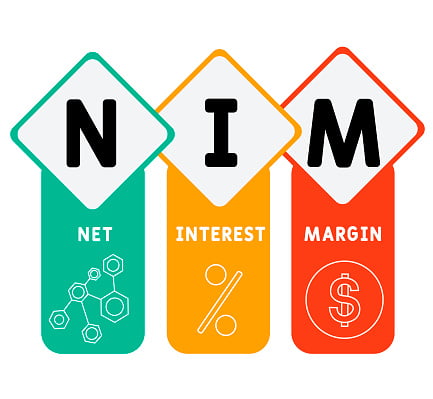
Net Interest Margins (NIM)
The net interest margin (NIM) is calculated by dividing net interest income by the bank’s total amount of loans disbursed.
NIM is one of the profitability indicators. As a result, the higher the NIM, the better for NBFCs.
During the previous five years, the average NIM for HDFC has been around 11%. With margins of 11.2 per cent over the last five years, Bajaj Finance is slightly ahead.
An NBFC’s NIM is often higher than that of a SCB. This is because NBFCs have considerably fewer statutory obligations than banks.
Banks must spend 24 per cent of their capital on safe and low-yielding assets, whereas NBFCs must invest 15 per cent. This means NBFCs have more cash on hand to lend out as credit.
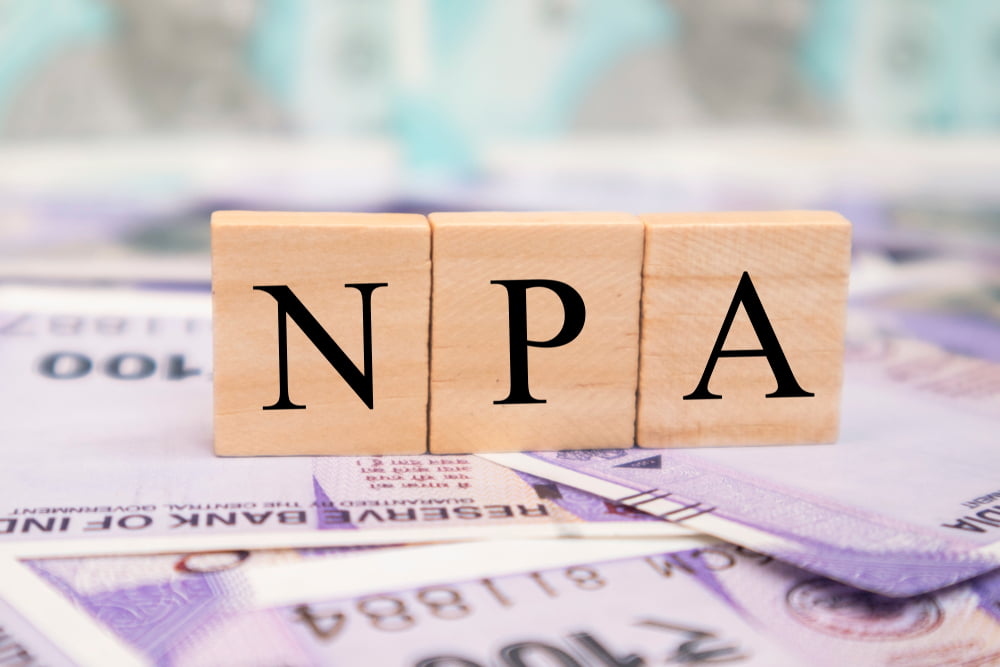
Non Performing Assets (NPAs)
“We are in the business of risk management, not lending,” Rajeev Jain, MD of Bajaj Finance, previously declared in an interview.
And there are no dangers in the lending business that are greater than nonperforming assets (NPAs). NPAs that exceed a specific threshold have the potential to destroy an NBFC’s fortunes and lead to its collapse.
HDFC and Bajaj Finance, as titans of the financial industry, have a robust risk management structure in place. This framework aids them in determining the creditworthiness of the person or entity to whom the loan is being extended.
They have some of the lowest NPA levels in the business.
The average NPA for Bajaj Finance over the last five years was 0.62, compared to 0.72 for HDFC during the same time period.
Nonetheless, both corporations have done a great job keeping their nonperforming assets (NPA) under control.
Both can weather rising inflation and interest rate cycles without incurring significant NPA provision expenses.

Provisions
Provision is a fraction of total income set aside to cover losses incurred owing to nonperforming assets (NPAs).
The provision allocation strategies of HDFC and Bajaj Finance demonstrate their financial discipline. These businesses are proactive with their preparations and plan for losses well ahead of time. This implies they set aside money to cover any potential losses in the future.
The following table illustrates HDFC and Bajaj Finance’s provisions over the last five years.
HDFC’s provisions to NII averaged at 1 per cent over the last five years. During the same time period, Bajaj Finance’s average was 0.3 per cent.
HDFC is certainly putting more money aside for provisions.

Net Profit Margins
Over the last five years, HDFC has had an average net margin of 16.5 per cent. Bajaj Finance’s average net margins throughout the same time were 19.2 per cent.
Higher provisions may be to blame for HDFC’s lower net margins. Bajaj Finance has also been working to lower its operating expenses to boost its net margins.
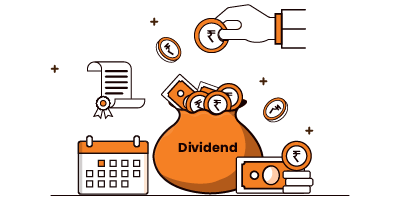
Payment of dividends
Over the last five years, HDFC has paid an average dividend of 19.4 per share. Its dividend payout ratio averaged 23% throughout the same time period.
Shareholders of Bajaj Finance have received fewer dividends. Over the last five years, it has paid an average dividend of 6.5 per cent. This was accompanied by a dividend payment ratio of 10.7% for the same time period.
HDFC is a dividend-paying machine. It has continuously paid out dividends to its stockholders.
On the other hand, Bajaj Finance invests its profits back into the company. The organisation is working to improve its digital infrastructure to provide a smooth and seamless consumer experience.

Distribution network
Bajaj Finance has 2,988 sites across the country where it operates. Physical points of sale are used to sell the company’s products and services. It has a total of 110,300 retail locations throughout the country.
In addition, the corporation has been working to improve its digital channels for techies. Bajaj Finance had 48.6 consumers in its ecosystem as of March 2021.
HDFC Sales, HDFC Bank, and third-party direct selling associates are HDFC’s distribution channels.
HDFC Sales (HSPL) is the company’s wholly-owned subsidiary. HSPL operates a physical network of 206 locations across the United States. This channel is responsible for 54 per cent of all loans given.
HDFC leverages HDFC Bank’s massive customer base to cross-sell home loans to them. HDFC Bank accounts for 27% of all loans disbursed by the country’s largest mortgage lender.
HDFC has distribution agreements with commercial banks, small financing institutions, other NBFCs, and housing e-portals in terms of third-party DSAs. This channel accounts for 17% of overall loan disbursements.

Return Ratios and Valuation Ratios
Return ratios indicate a company’s efficiency in terms of various factors. Analysts compare two return ratios to evaluate which of the two is more efficient and provides greater returns when comparing banks and NBFCs.
Return on equity and return on assets are the two ratios in question.
The return on equity (ROE) tells an investor how much profit a company makes on its shareholders’ money. It is expressed as a percentage figure.
The return on assets (ROA) tells an investor how much profit a company makes on its assets.
HDFC and Bajaj Finance have five-year average ROEs of 15.2 per cent and 16.8 per cent, respectively. Though HDFC’s number appears to be lower in this section, it should be noted that this is due to larger provisioning.
Bajaj Finance also performs well in terms of return on investment, with an average ROI of 2.9 per cent over the last five years. With a five-year average ROA of 2.4 per cent, HDFC trails by 0.5 per cent.
To summarise, Bajaj Finance outperforms HDFC when it comes to efficiency.

The Effects of Covid-19
The Covid-19 epidemic was a brief bump in HDFC and Bajaj Finance’s growth trajectory.
The first two quarters of the fiscal year 2021 were a complete washout, with these businesses reporting a significant revenue loss. But, from the third quarter onwards, signs of improvement were noticeable.
The epidemic has hastened these companies’ efforts to digitise their operations on the plus side. HDFC and Bajaj Finance improved their digital infrastructure to improve client interaction, collection, and product delivery.
The pandemic, in addition to digitalization, flipped the interest cycle. The RBI cut the repo rate to boost economic development. The Indian real estate market benefited from the cheap interest rate environment.
Low-interest rates, as well as other favourable conditions, boosted housing demand.
The increased demand for houses led to increased demand for home loans. This was seen in HDFC and Bajaj Finance’s quarterly performance. Both corporations reported significant increases in their home loan portfolios.
One thing is certain: if these enterprises can survive the enormous obstacles the epidemic provides, they will be able to withstand any future issues. This is something that investors should keep in mind.

Future Prospects
Home loans are a common commodity in HDFC and Bajaj Finance’s product portfolios. According to some projections, the Indian real estate market will grow to $1 trillion by 2030, from its current size of $200 billion.
Though real estate is a broad phrase that encompasses both commercial and residential buildings, the entire sector’s expansion bodes well for HDFC and Bajaj Finance, two of the largest players in home finance.
The consumer finance division of Bajaj Finance has a bright future. The consumer durable finance market is predicted to increase at a CAGR of 21.6 per cent from $1.1 billion in 2021 to $2.7 billion in 2027.
As a result, there’s plenty of area for expansion. The top NBFCs, HDFC and Bajaj Finance are poised to benefit the most from India’s economic narrative.
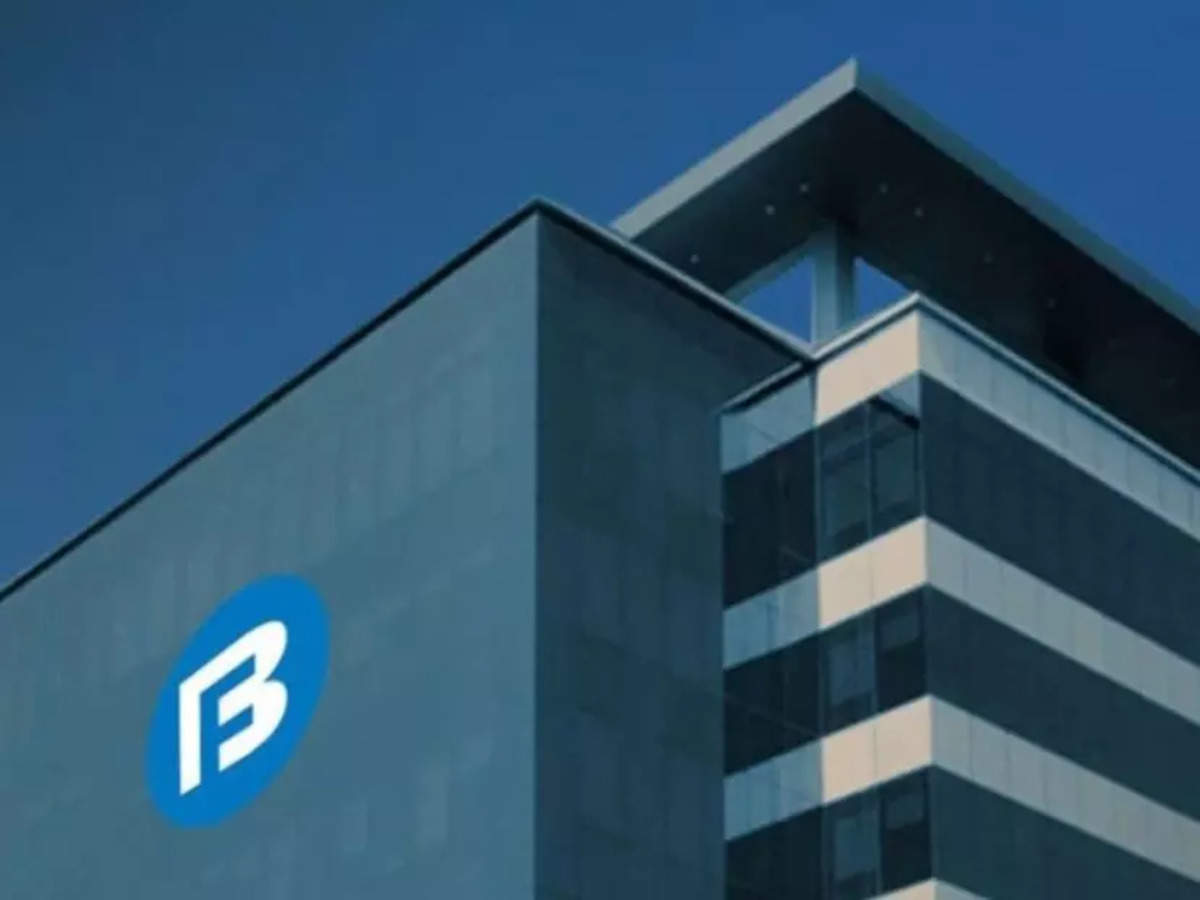
Which is better?
According to the facts presented above, Bajaj Finance is the clear winner. Except for provisions, Bajaj Finance outperforms HDFC on every metric.
HDFC’s underperformance compared to Bajaj Finance is due to its higher provisioning.
When it comes to quality, though, HDFC is on par with Bajaj Finance. Its ability to manoeuvre through market cycles with excellent capital allocation sets it apart from all other NBFCs in a sector that is so tightly linked to the macro environment.
Bajaj Finance has high expectations from investors, which is reflected in its high valuations. The company is currently trading at an 80.5 price-to-earnings (P/E) multiple. HDFC, on the other hand, is valued at 33 times earnings.
Bajaj Finance also outperforms HDFC in terms of price to book value (P/BV). The former trades at a 10.7 P/BV multiple, while the latter trades at a 3.8 P/BV multiple.
Bajaj Finance appears to be trading at a higher price than HDFC. To make an informed decision, analyse the fundamentals and values of a company before deciding to invest in it.
edited and proofread by nikita sharma




